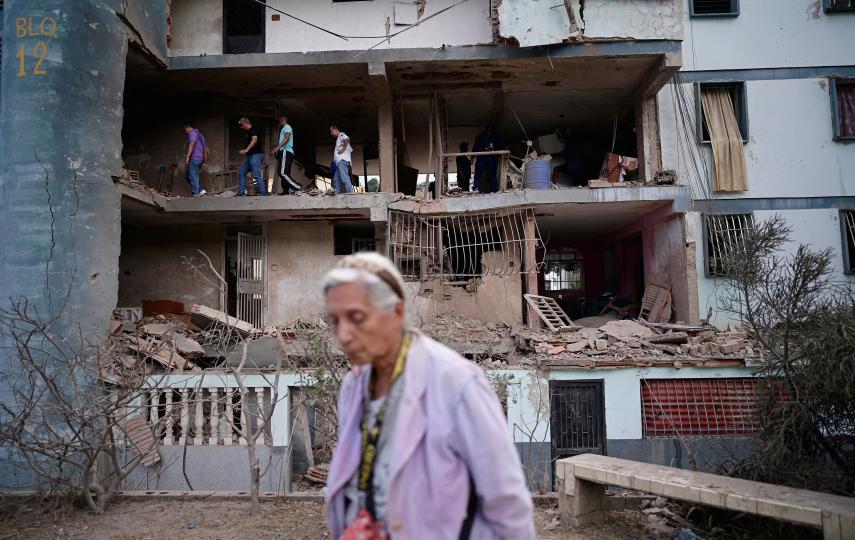JOHANNESBURG
The World Bank's and International Monetary Fund's (IMF) decision to grant Mozambique debt relief of about US $3.7
billion under the HIPC initiative has been cautiously welcomed by the country's debt cancellation group.
"We hope this debt relief will translate into the freeing of resources that will be directed to social spending like health, education as well as employment and much-needed infrastructural improvements," said Constantin Gode, a researcher at the Mozambican Debt Group, a coalition of non-governmental organisations (NGOs).
"Although we welcome this move by the World Bank and the IMF, we are still determined to campaign for the total cancellation of Mozambique's debt," Gode told IRIN on Thursday, adding that the country's current public debt - estimated at US $5.9 billion - is "unpayable".
"The government must free itself from the bondage of international funding institutions," Gode said. He added that nearly half of the government's budget is financed by loans or grants from multilateral funding institutions and bilateral donors.
A World Bank source in Maputo told IRIN on Thursday that the debt relief, announced on Wednesday, was granted in recognition of Mozambique's "demonstrated" record of economic and social reforms. "The government has committed itself to using the debt relief resources towards funding education and health," the official said.
He added that the HIPC initiative for Mozambique would reduce the
country's external debt to an estimated US $1 billion. "Mozambique's external debt service obligations will fall to an annual average of US $73 million in 1999-2005, compared with an average of US $169 million that would have been due in the absence of the HIPC initiative," the official said. In 1998, Mozambique paid US $104 million in debt servicing.
The government, said the World Bank source, plans to increase annual spending on health and education from about US $120 million in 1998 to US $175 million by 2001. "Primary school enrolment rate has increased from 62 percent to 71 percent between 1996 and 1998," the official said, "while coverage for key vaccinations increased from 58 percent to 77 percent over
the same period."
This article was produced by IRIN News while it was part of the United Nations Office for the Coordination of Humanitarian Affairs. Please send queries on copyright or liability to the UN. For more information: https://shop.un.org/rights-permissions




